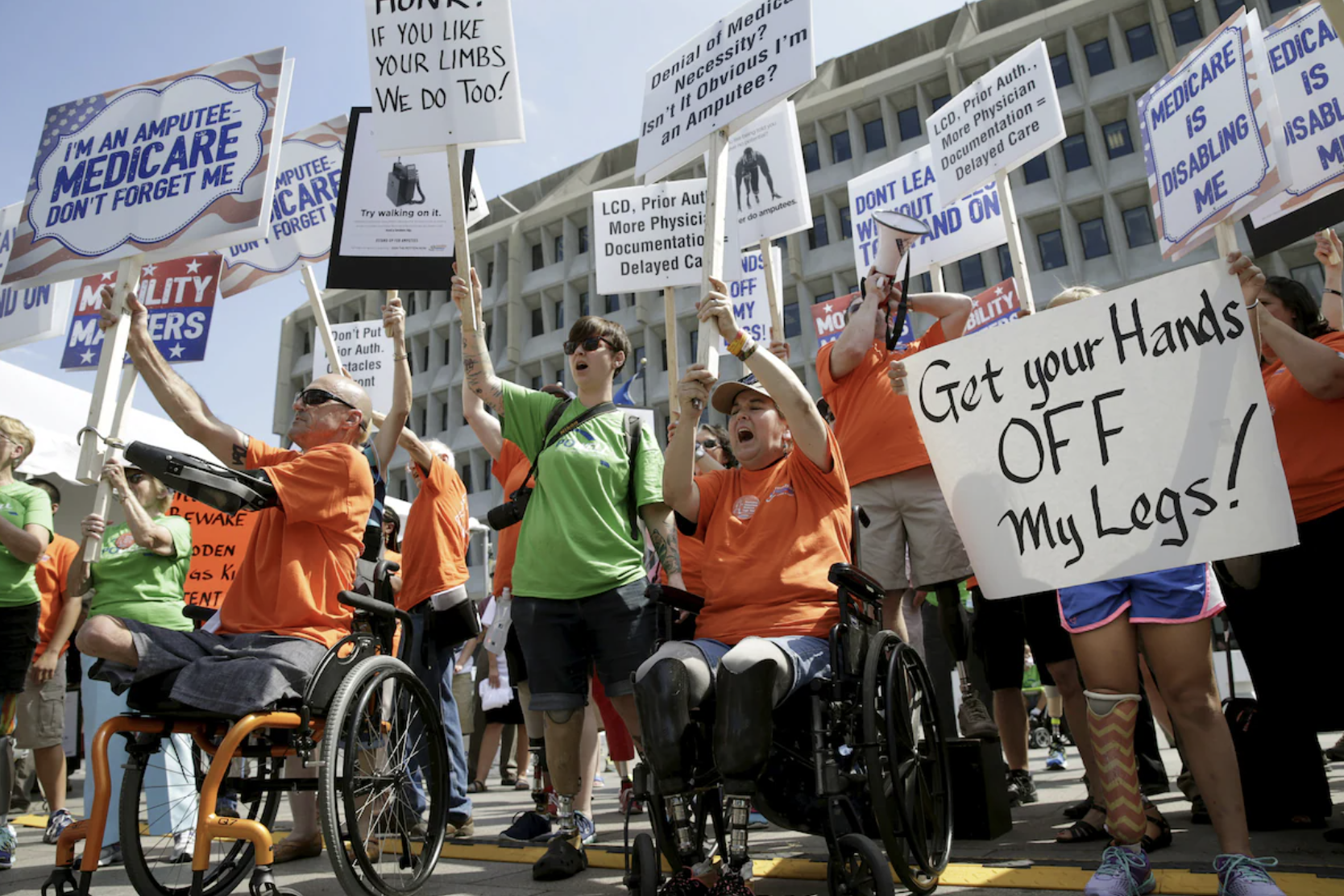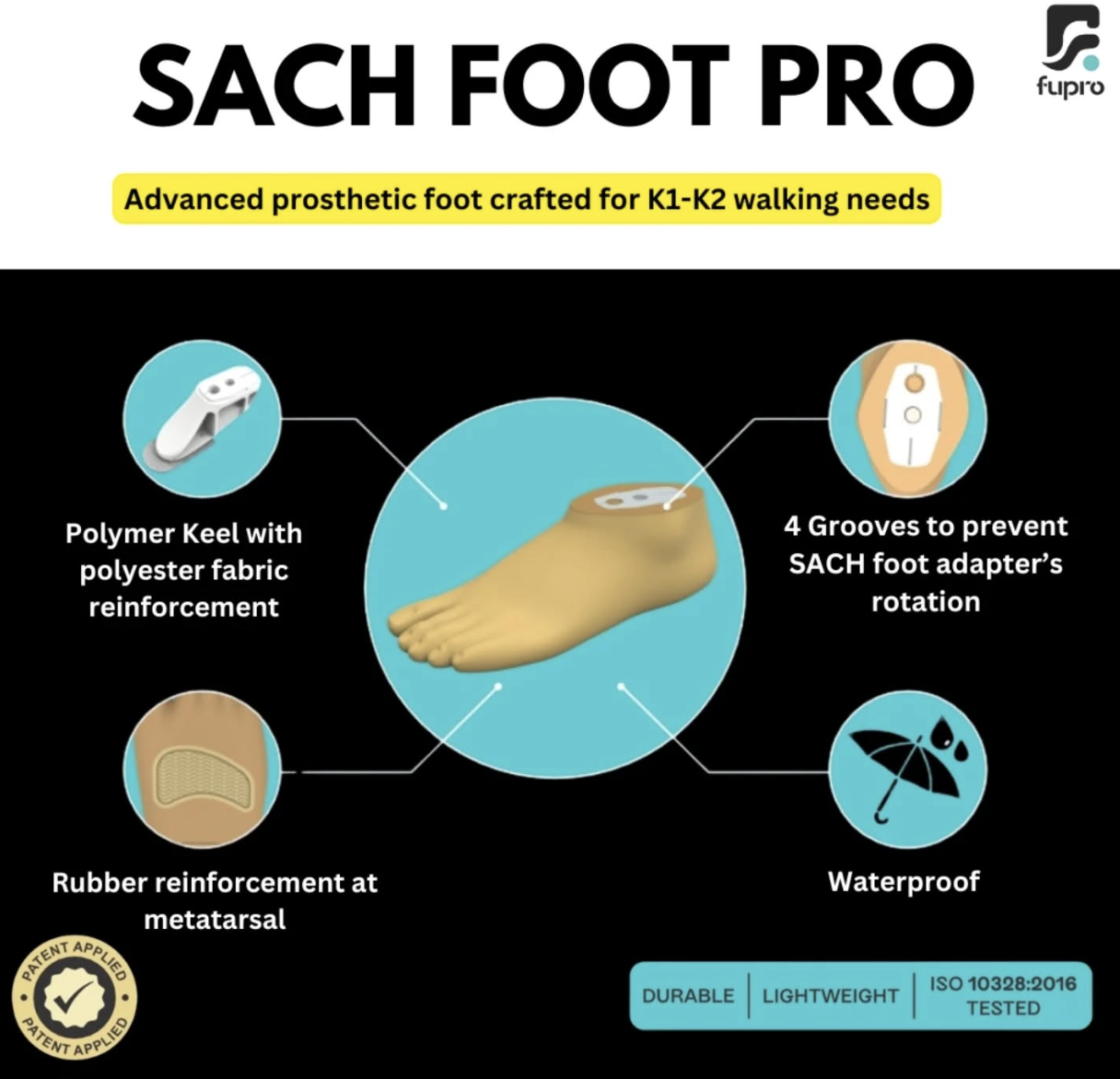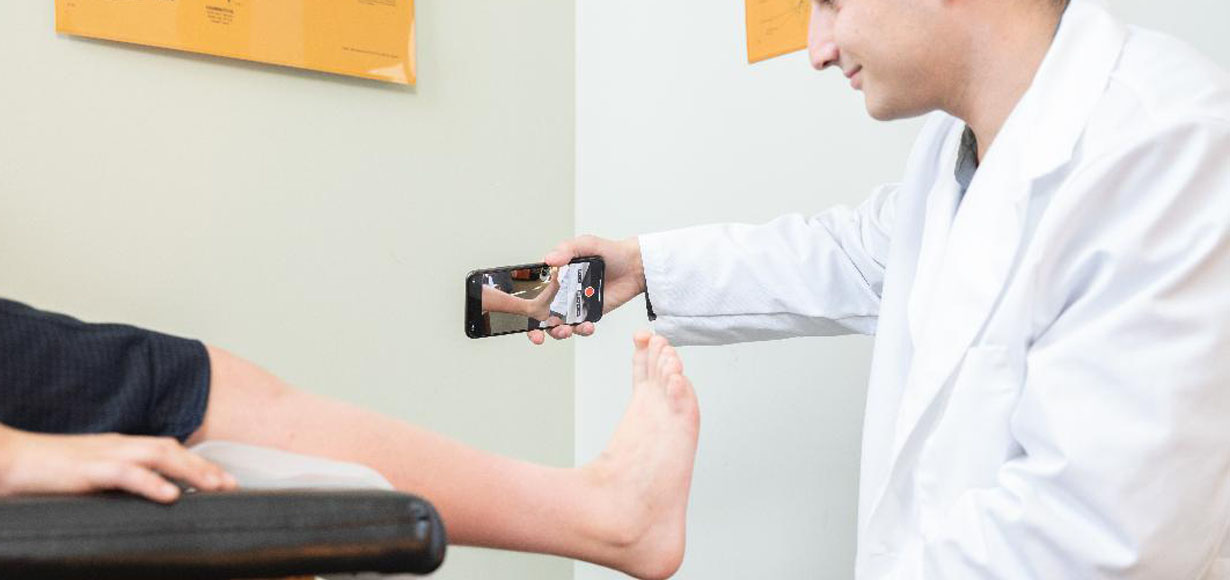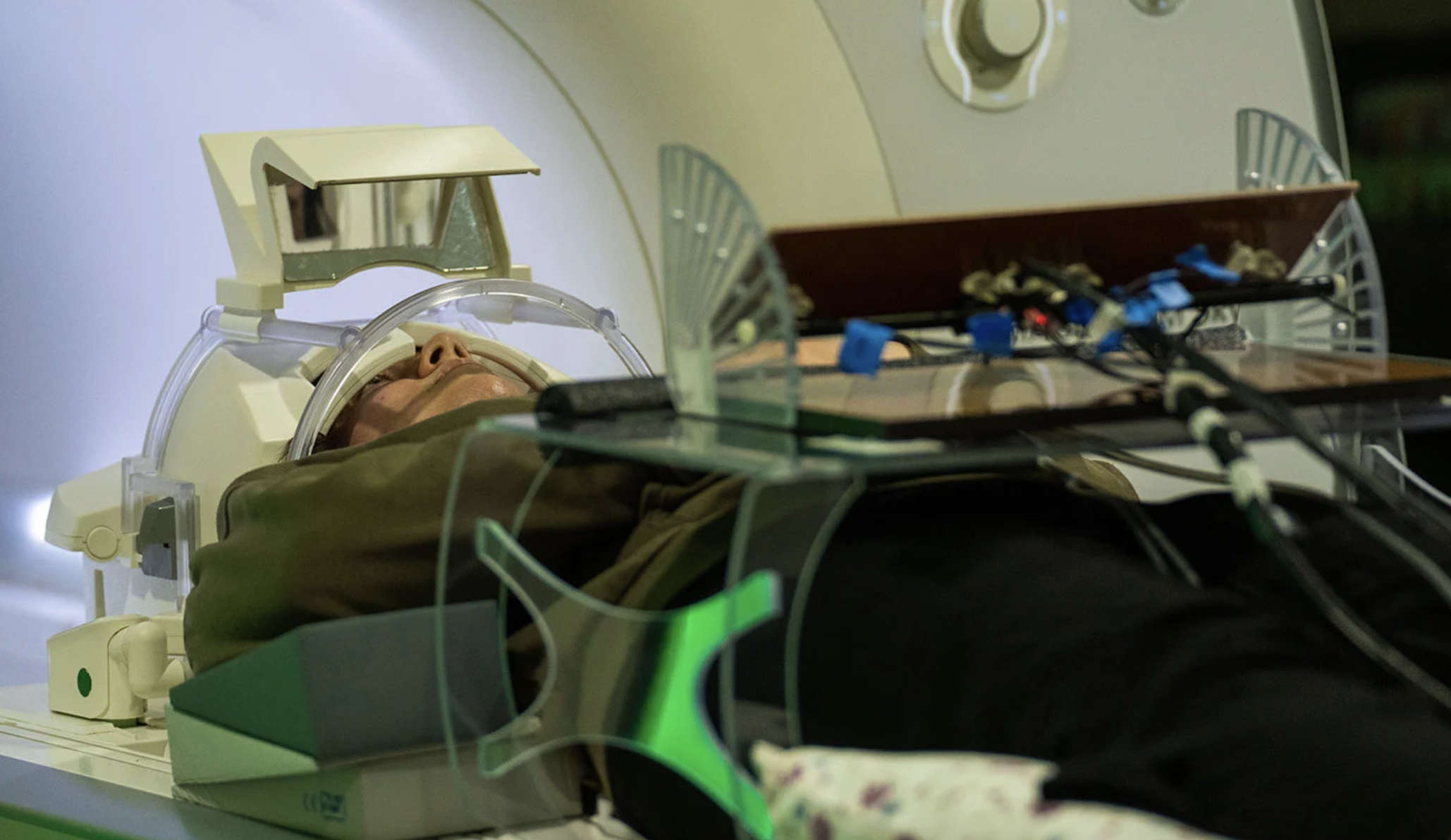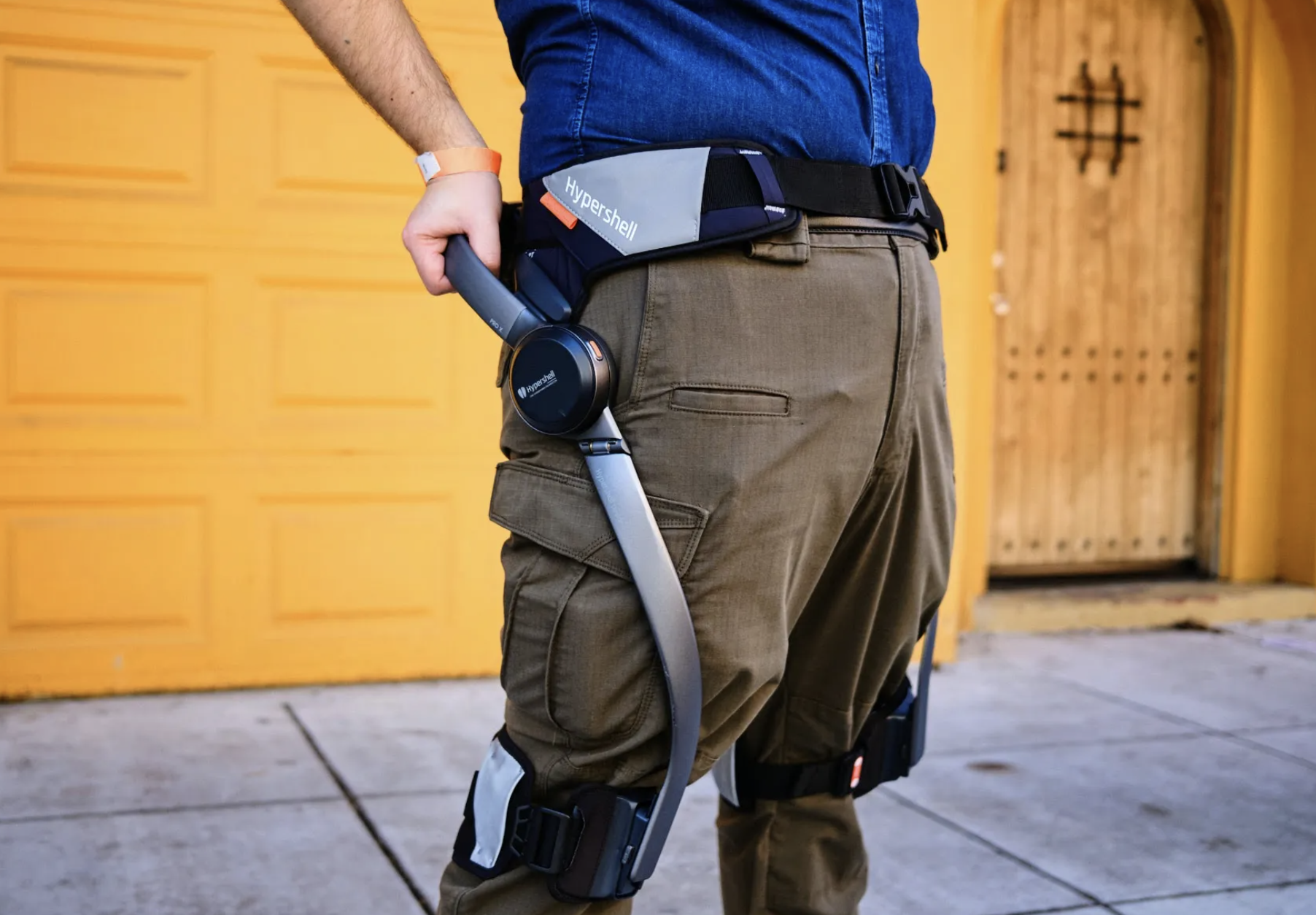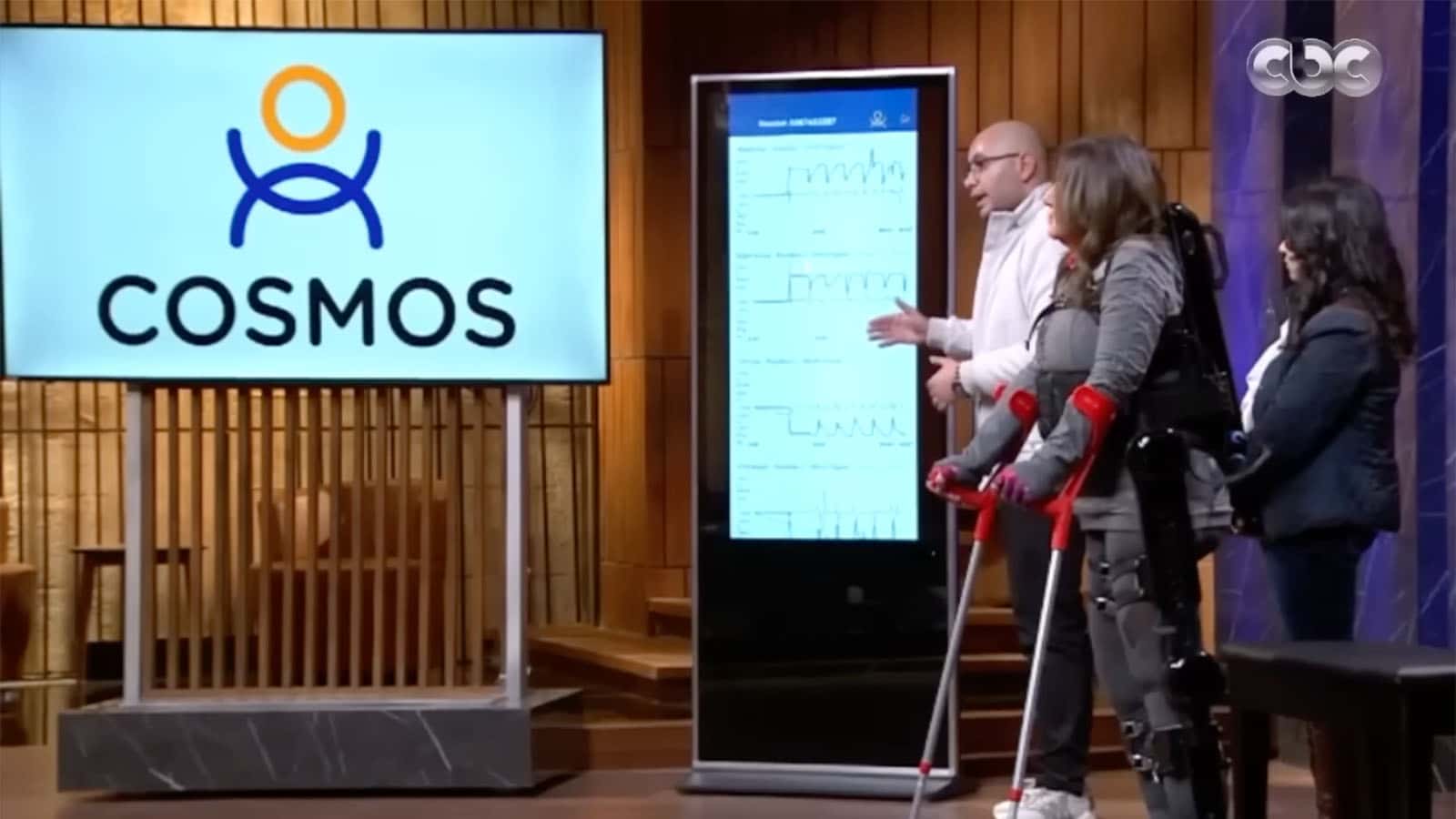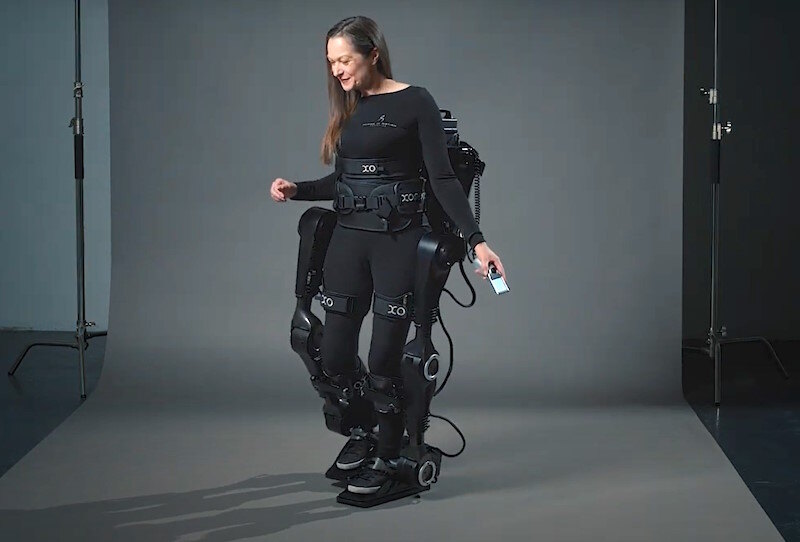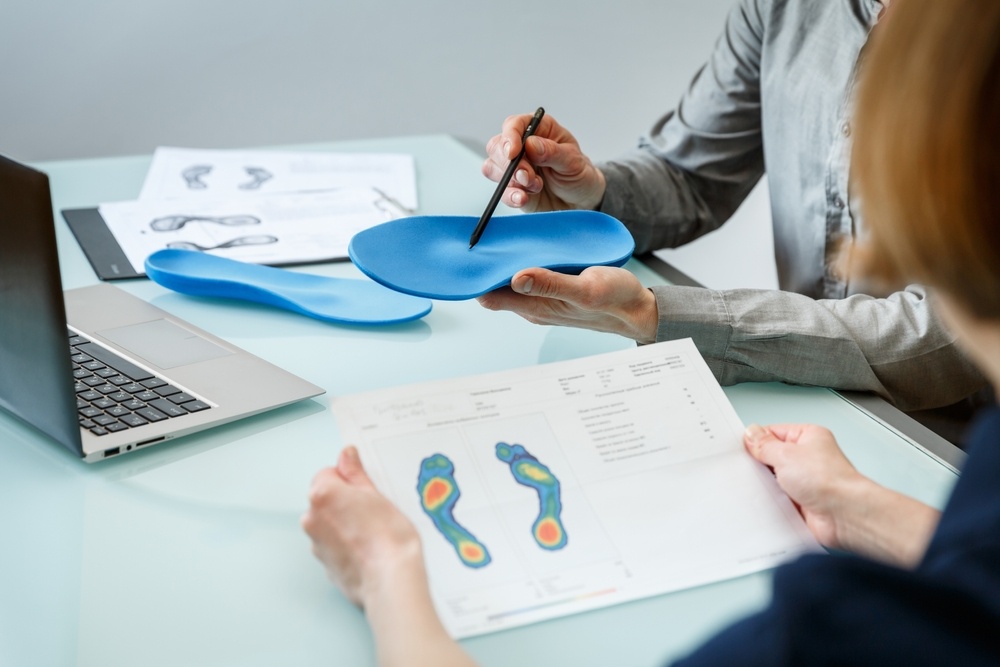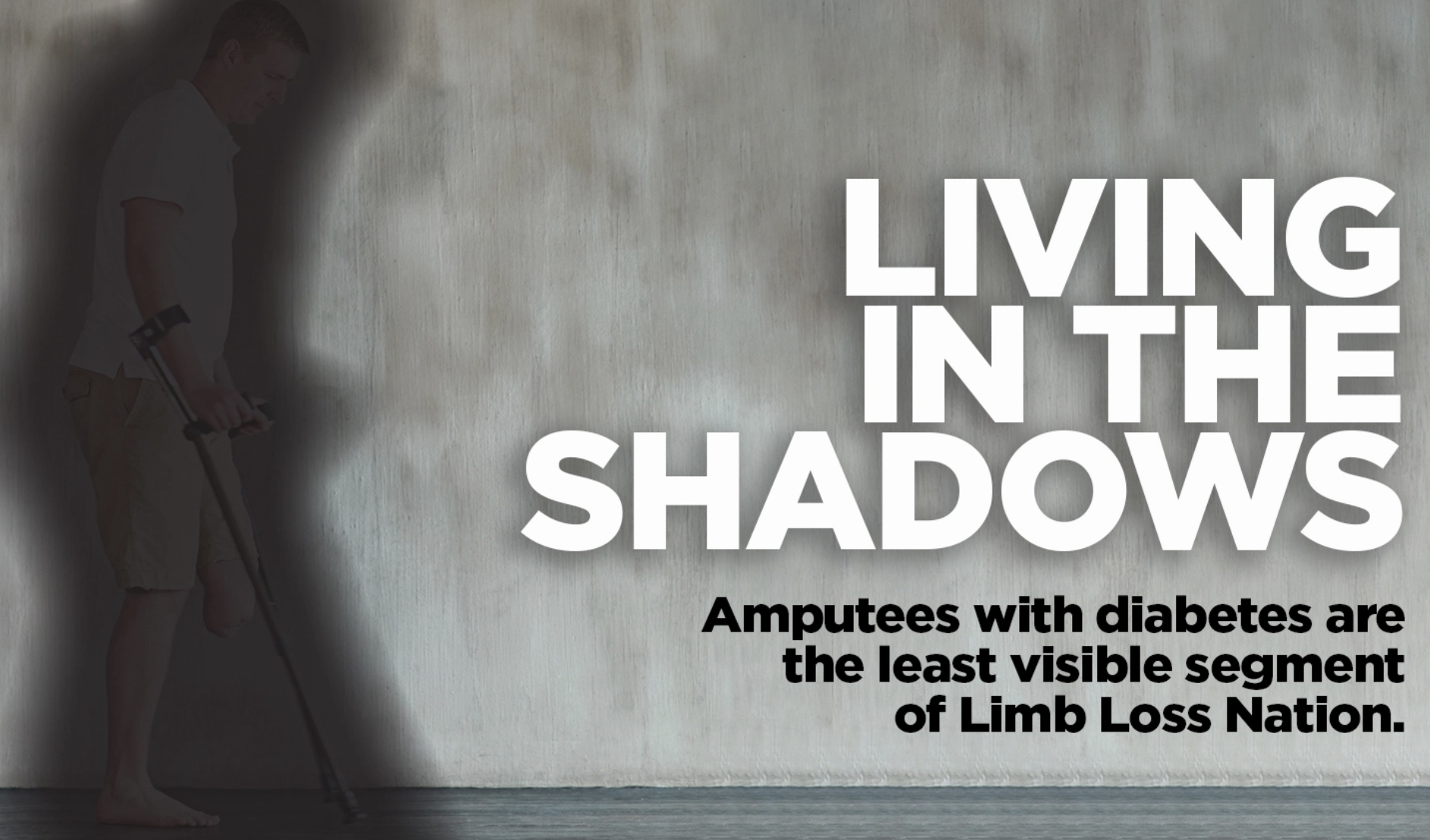Two weeks ago, the US General Accounting Office (GAO) released the findings from its in-depth study of amputees’ access to rehabilitation services and ongoing healthcare. Based on four years’ worth of Medicare data and a population of more than 50,000 amputees, the report provides a detailed snapshot of where and how the US health system fails to uphold amputees’ long-range health.
Some quick backstory: This report fulfills a January 2022 request from a bipartisan quartet of legislators, who asked the GAO to submit “a report regarding the barriers to access to prosthetic devices.” At the time of the request, the state-by-state So Every Body Can Move legislative campaign didn’t yet exist; the Amputee Coalition’s updated prevalence study hadn’t gotten off the ground yet; and the Limb Loss and Preservation Registry was still gestating. The hunger for data and policy solutions was acute.
Let’s take a moment to appreciate the huge strides that have occurred since then. Nine states have lowered barriers to prosthetic access via SEBCM laws, Fair Insurance laws, or some combination thereof. The LLPR is open for business and has piled up data on nearly a million patients. The AC’s prevalence study has reset our understanding of the amputee community’s size and scope. And now, completing the circle, we’ve got the GAO’s analysis.
Not a bad output for two and a half years.
The GAO study examines a narrow subset of the amputee community: Medicare patients who experienced limb loss in 2016. We’ll explain how and why that particular cohort was selected down below, after we share the data. For now, just go with it; we want to get straight to the findings.
1. The GAO’s study cohort is older, less healthy, less affluent
The cohort includes 50,202 individuals who are covered by Medicare. Of those, 68 percent were Medicare-eligible because they were 65 or older, and 30 percent qualified because of disability. A sizeable minority (38 percent) were eligible for both Medicare and Medicaid, which is available to low-income households. Almost two-thirds (65 percent) were male, and one-third were Black, Hispanic, or Native American. And almost three-fourths (71 percent) had diabetes at the time of amputation. Here’s how the limb-loss study group compares with the overall Medicare rolls for 2016:
| CHARACTERISTIC | Medicare amputees | Medicare overall |
|---|---|---|
| Over age 65 | 68% | 86% |
| Disability-eligible | 30% | 14% |
| Medicaid-eligible | 38% | 18% |
| Male | 65% | 45% |
| Female | 35% | 55% |
| Has diabetes | 71% | 24% |
| Has vascular disease | 29% | 13% |
| Black, Hispanic, or Native Indian | 31% | 14% |
In short, Medicare patients who lost limbs in 2016 skewed toward the less healthy, less affluent ends of the Medicare spectrum, with a sharp tilt toward men and minorities. All of these tendencies are consistent with other analyses of the amputee population.
2. Nearly all amputees in the study received some form of rehabilitative care, but . . . .
The GAO tracked post-amputation care for all 50,202 patients in the study through 2019. The topline finding is that 90 percent of amputees received some form of physical therapy, occupational therapy, or physical medicine and rehab services at some point between 2016 and 2019. That sounds impressive, but there are some big caveats.
The first is that a high percentage of that rehabilitative care occurred in the immediate aftermath of amputation, in either a hospital or rehab facility. That’s important care, but it’s not sufficient for full-fledged recovery and adaptation. Fewer than half of the patients in this study received outpatient rehab services after being discharged. Most did not benefit from ongoing, longer-term rehab to help them settle into their homes, adjust to their prostheses, navigate work and transportation, and resume good fitness habits.
A second caveat is that only 41 percent of Medicare amputee patients received the most comprehensive form of rehabilitation, PMR care. This seems pretty low, but—piling caveat upon caveat—we need to note two important pieces of context which might skew the number downward. First, recall that more than half of amputees in this cohort experienced minor amputation (toes, fingers, partial foot/hand). Those patients would be less likely to receive (or need) a PMR referral, compared to someone with a major amputation. If we eliminate the minor amputees from consideration, the picture’s better: The raw total of PMR recipients (20,618) divided by the total patients experiencing major amputation (24,264) yields a result of 85 percent. This is an inexact adjustment—we shouldn’t assume that all PMR recipients were major amputees—but we think it’s logical to infer that the percentage of major amputees who got PMR services is closer to 81 percent than to 41 percent. Email us if our reasoning is flawed.
There’s also a strong regional imbalance vis-a-vis PMR care. In the Northeast, 50 percent of all Medicare amputees (both major and minor limb loss) got PMR care. In the Midwest, the figure was just 42 percent; in the South, 40 percent; and in the West, only 33 percent. That pattern reflects the uneven presence of PMR doctors across the United States. There’s an big cluster in the Northeast and a relative undersupply everywhere else.
The core takeaway seems to be that access to rehab services is spotty and sporadic for Medicare amputee patients. “Lack of care coordination may limit beneficiaries’ ability to receive rehabilitative services,” the report concludes. “Navigating health care needs after experiencing limb loss can be financially, physically, and emotionally overwhelming for patients.” And this surely contributes to the next item . . . .
3. Medicare amputees were highly prone to adverse long-term health outcomes
These numbers are no fun to contemplate—but for that reason, it’s imperative to contemplate them, because they illustrate a profound public health failure. Given the vast expenditures our nation makes on healthcare, we can and should be doing better.
The figures below cover the period from 2016 through 2019—ie, they reflect how many patients experienced each outcome at some point during the four-year period.
| Outcome | % of Medicare amputees |
|---|---|
| Minor followed by major amputation on same limb | 19% |
| Trip to emergency room | 92% |
| In-patient stay at skilled-nursing facility | 64% |
| In-patient hospital stay >30 days | 12% |
| Died | 61% |
We don’t have comparable figures for the Medicare population as a whole, so we can’t contextualize these figures very well, with one exception: The mortality rate from 2016 to 2019 for all Medicare patients was 20 percent, three times lower than the rate in the GAO cohort. Of the 50,202 people who experienced amputation in 2016, more than 30,000 were gone by 2019.
A few other items of note:
- Reamputation rates were considerably higher among Black/Hispanic/Native American patients (about 25 percent) than among white patients (16 percent).
- Reamputation was also more common among people who also qualified for Medicaid (22 percent) than among non-Medicaid-eligible patients (17 percent).
- Mortality rates were slightly higher among women (63 percent) than men (60 percent)
Postscript: How this cohort was chosen
The legislators’ original request covered the entire amputee population, including not only Medicare patients but also people on private insurance plans, VA patients, uninsured Americans, Medicaid patients, etc. Leslie Gordon, a director in GAO’s healthcare unit, told us it would have taken at least another two years to gather all of that data. It also would have created a lot of apples-to-oranges comparisons, given the US healthcare system’s disjointed record-keeping infrastructure. It also would have made it nearly impossible to track long-range health outcomes accurately. Focusing on Medicare only, Gordon explained, allowed GAO to ensure the integrity of its dataset.
The year 2016 was chosen because of COVID. “Generally, we like to do work there’s more current,” Gordon told us. “But we wanted to look at a good span of time to follow the ongoing care and health outcomes. And when COVID hit, all kinds of preventive and ongoing chronic care was delayed and impeded. That could have really confounded our results.” GAO backed up all the way to 2016 so they’d have a four-year outcomes window that wasn’t distorted by pandemic factors.
When we asked what it would take to scale this type of study up to encompass a broader cross-section of the limb-loss community, Gordon said our healthcare system needs a better IT infrastructure. “The federal government has invested in supporting providers to develop electronic health records and make them interoperable and exchangeable, but we’re still not there,” she says. “In some health systems, it doesn’t matter how old the record is or how long ago you saw the doctor, that record is available to another another physician or another provider. And then there are providers who are not on that type of IT infrastructure. Standardizing electronic health records and making them interoperable is going to advance our understanding of population health, both generally and for specific populations like this.”
